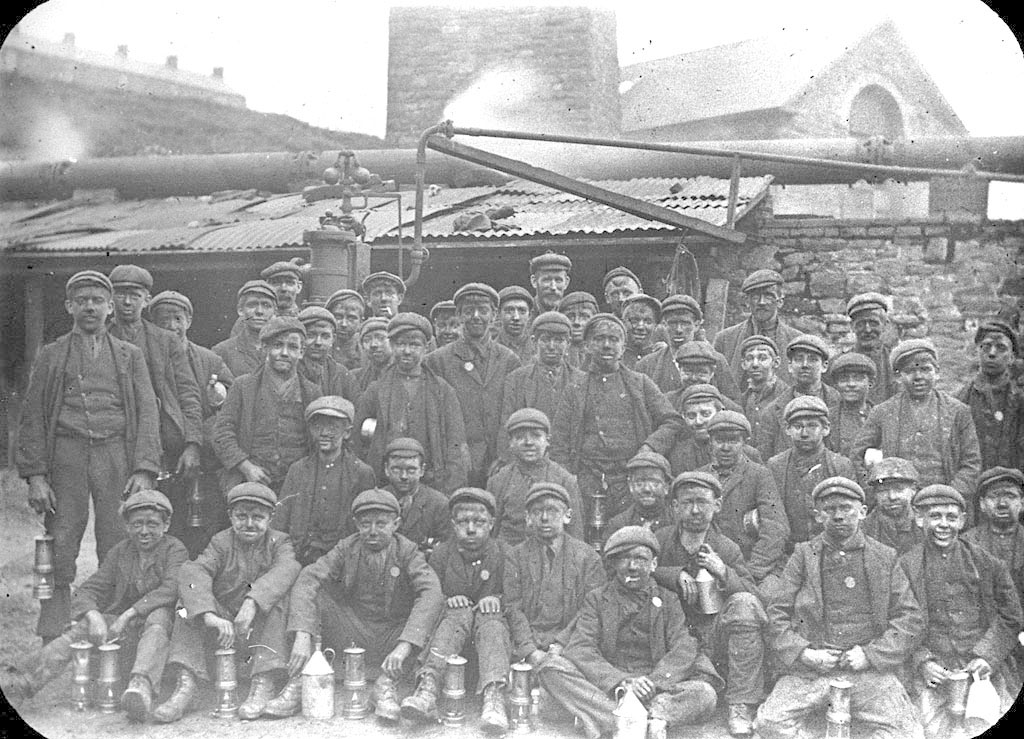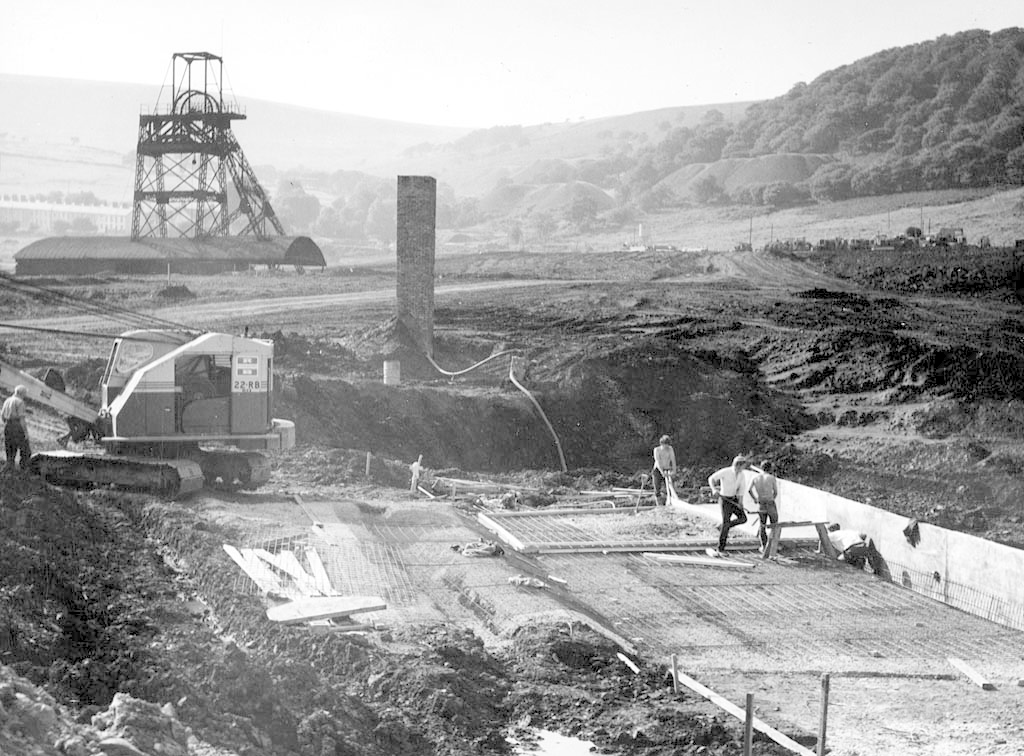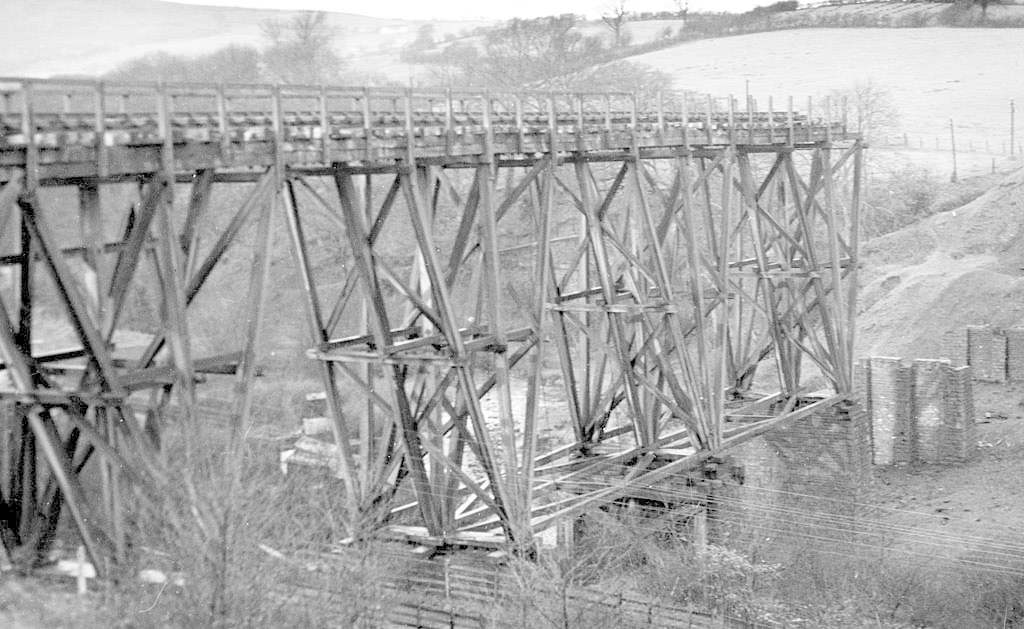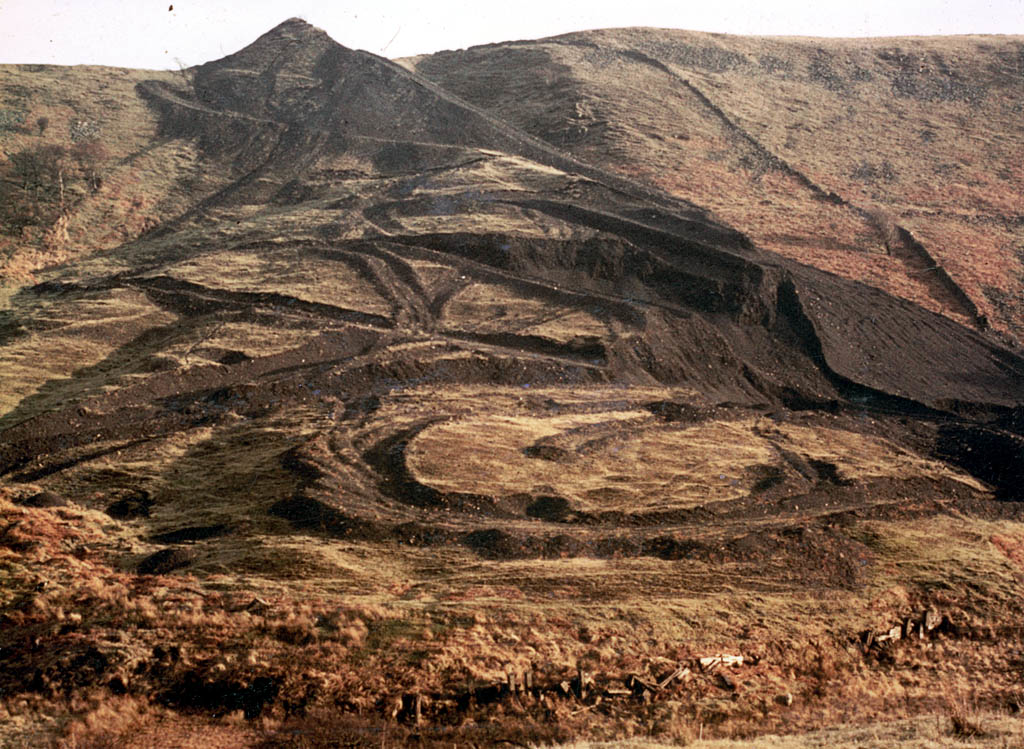Our Story
The area experienced a remarkable transformation during the 1850s due to the booming coal mining and iron industry. This period of rapid growth led to a substantial increase in population and development, changing the landscape from scattered farmhouses and agricultural land. However, the geological origins of the region can be traced back much further, shaped by the powerful forces of glaciers during the last Ice Age.
The name “Cwmdare” is derived from “Afon Dare,” the river that meanders through the valley, originating from the majestic Darren Mountain and flowing through Cwmdare before reaching Aberdare, where it joins the River Cynon.
The abundance of natural resources, particularly coal, made the area highly favorable for industrialization. As a result, there was a remarkable tenfold increase in population within a span of just 50 years, driven by the mining and ironworking activities that thrived in the region.




